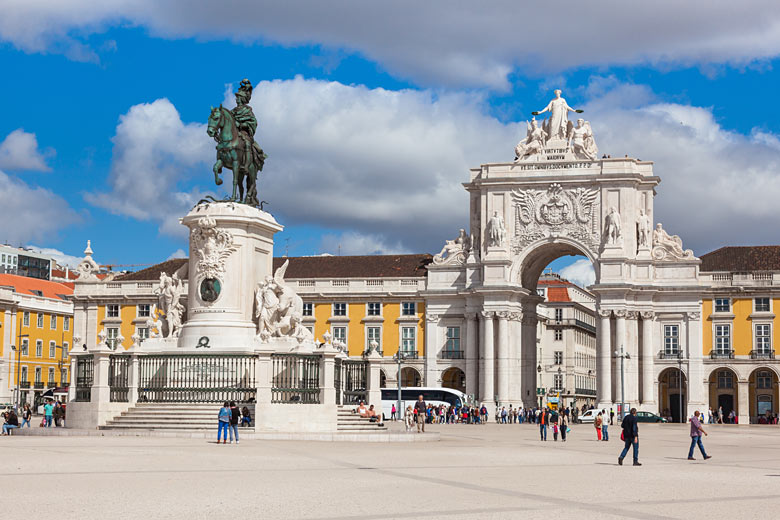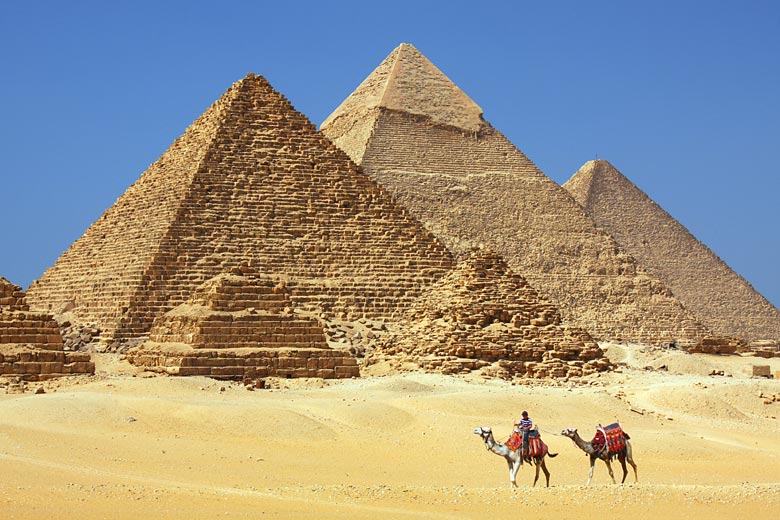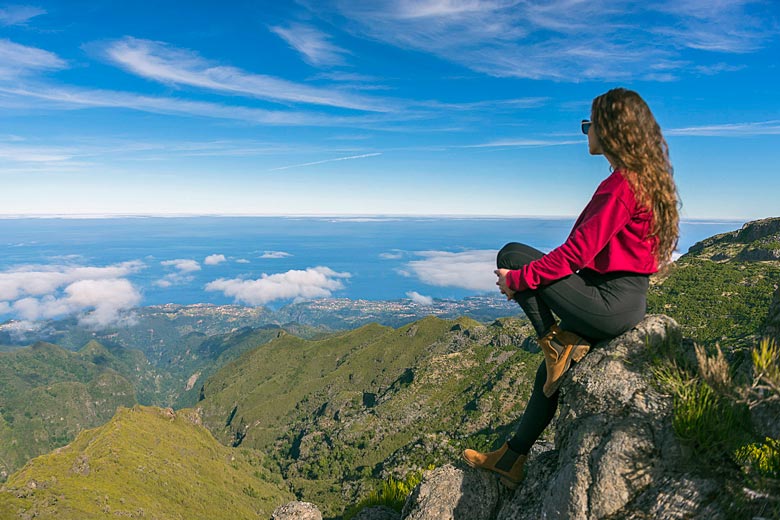8 highlights of Jordan for first timers
For most, an image of Petra is the first thing that springs to mind when hearing 'Jordan' - and rightly so. After all, gazing upon the ancient, once-capital of the Nabataean Kingdom is a spellbinding sight. However, there is so much more to explore in Jordan - a standout jewel in the Middle East.
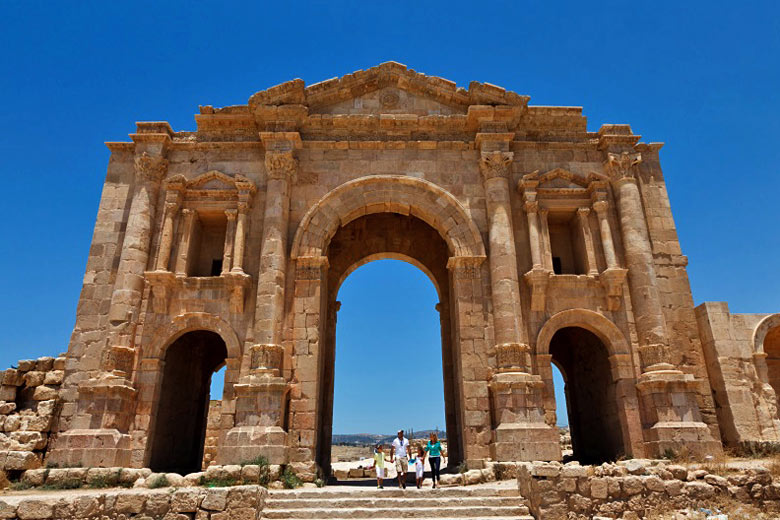
It's a country with exciting diverse terrains, from racing through the dusty desert in a 4x4 and hiking in the lushness of the verdant Jordan Valley, to taking a relaxing dip in the illustrious Dead Sea.
Getting to Jordan: did you know that TUI has a specialist arm running small guided group tours? For the very latest offers on expert-led trips to Jordan*, check out TUI Tours today.
Officially known as the Hashemite Kingdom of Jordan, it sits in the centre of the Middle East and with headline-hitting neighbours such as Syria, Iraq, Saudi Arabia, Israel and the Palestinian Territories, some people are wary about travelling there.
However, as one of the safest destinations in the Middle East, exploring is encouraged and the following is a guide to just a few of Jordan's unmissable highlights.
1. Amman
Amman is the capital and one of the oldest continuously inhabited cities in the world, yet it's a relatively young capital in Middle Eastern terms.
During the period of the Great Arab Revolt, Emir Abdullah ibn Al-Hussein, founder of the Hashemite Kingdom of Jordan, announced Amman his capital in 1921. Since then, Amman has steadily progressed into the modern, flourishing metropolis seen today, with no fewer than four million inhabitants.
Head to downtown Amman in the shadow of the impressive citadel to see Roman ruins, museums, mosques, souqs for shopping and cafés for people watching. Just an hour away in the direction of Petra is Mount Nebo, said to be the site of Moses' tomb and where he first sighted the Promised Land.
2. Petra
Populated since prehistoric times, the curious Nabataean rock-fortress city, sits sandwiched between the Red Sea and the Dead Sea.
Historically, Petra has always been an important trading hub between Arabia, Egypt and Syria-Phoenicia but the reason people still flock there now is less to do with logistics and more for the fascinating façades carved into the red-rose tinted sandstone.

The site is surrounded by mountains interspersed with pretty passages and gorges. It's undeniably one of the world's most noteworthy archaeological sites, a UNESCO one at that, where ancient Eastern traditions blend with Hellenistic architecture.
Take a tour at night when hundreds of candles light the way as you walk around one of the so-called "New7Wonders of the World".
3. Jerash
The Greco-Roman ancient city of Jerash has been likened to Pompeii: built over 2,000 years ago, it's just as spectacular. It's also easy to see why it's regarded as the best-preserved city of the Decapolis (a confederation of 10 Roman cities dating from the 1st century).
Upon entering you are greeted by Hadrian's Arch, originally built to celebrate the arrival of Emperor Hadrian in AD 129. Continuous excavations are revealing more and more; currently, you can meander through two theatres, an oval-shaped forum, temples, churches and a marketplace.
4. Wadi Rum
Wadi Rum could quite possibly be the most dramatic desert scenery you're likely to see. Ancient valleys and imposing sandstone mountains are set against whimsical white and pink tainted sands. It was also made famous as a film location for Lawrence of Arabia.
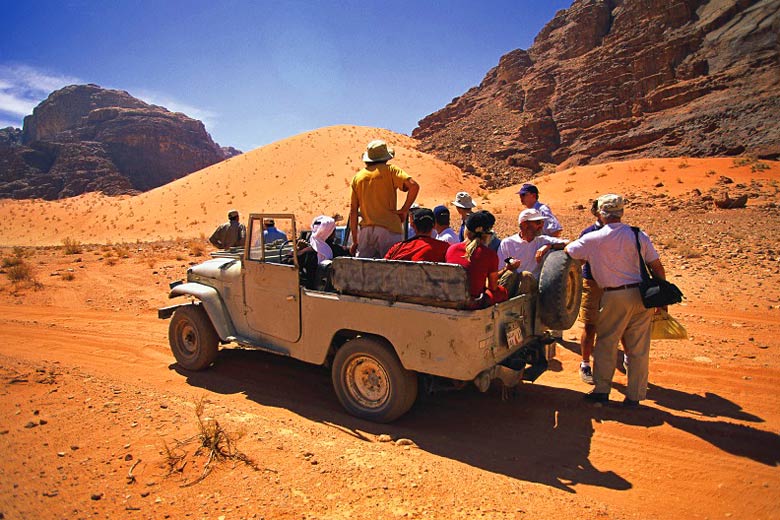
The sense of exotic exudes with Bedouin camps and desert police mounted on camels wearing traditional desert police robes. A 4x4 Jeep ride is essential. often driven by local Bedouins, the rides offer access to some of the most fascinating sites less accessible by foot or even camel.
5. Dead Sea
Situated 400 metres below sea level, the Dead Sea is 75 km long, ranging between 6 to 16 km wide, having no outlet. The hugely high salt content, caused by the high evaporation rate, prevents any plant or animal from being able to survive in it.
Pastimes such as floating while sitting upright never cease to delight tourists, as well as the luxurious Dead Sea spa treatments available.
Salt, water and mud from the Dead Sea are packed with minerals and vitamins and have been used in attempts to cure many an ailment for over 2,000 years.
6. Aqaba
A city on the Red Sea, it makes for the perfect beach break. Shopping in the plethora of souks is a treat, especially on Friday nights when the 'Souk By Sea' takes place; pick out memorabilia from over 50 local artisans while enjoying live music and tasty street food.
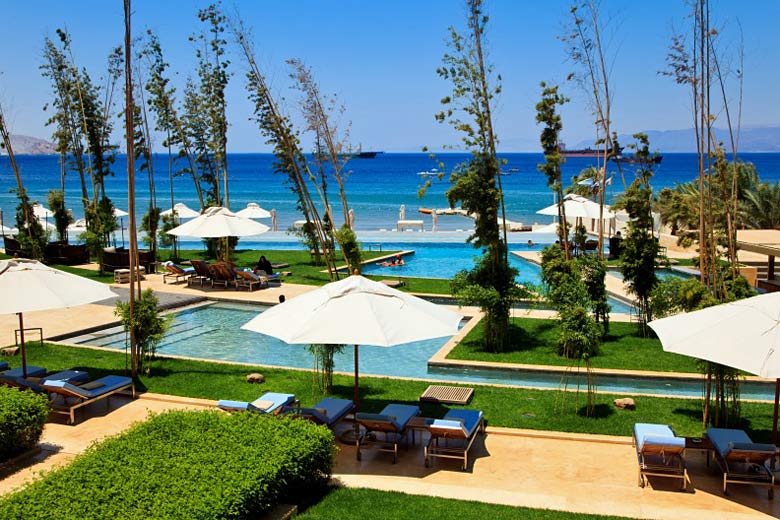
For a cultural hit, go to the 14th-century Mamluk fort, Aqaba Archeological Museum and beautiful mosques including Sharif Al Hussein Bin Ali.
Join inquisitive twitchers at the bird sanctuary in Al-Salam Forest, which is managed by the Royal Society for the Conservation of Nature. Here, you'll see over 390 species of birds, either residing in Jordan or just passing through on the annual migratory stop.
7. Kerak Castle
This formidable Crusader castle, built during the reign of the Crusader King Fulk of Jerusalem between 1131 and 1143, was designed to protect and dominate the profitable trade routes between Jordan and Arabia.
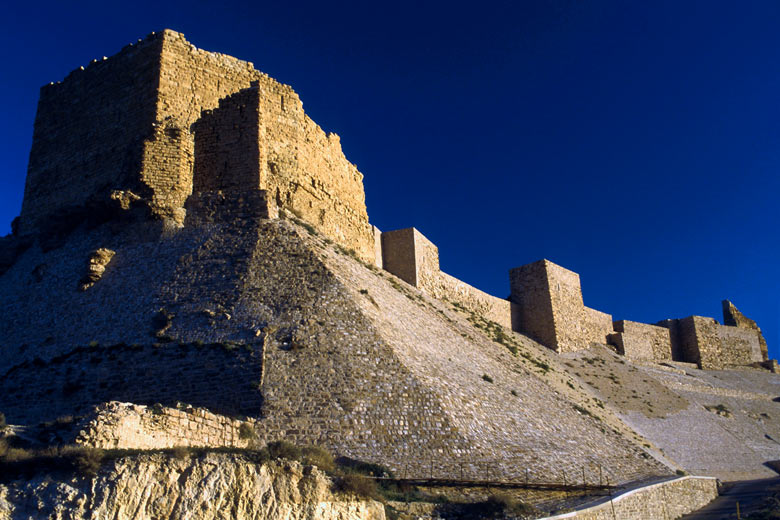
Following the brutal defeat of the Crusaders by Saladin at the battle of Hattin in 1187, the garrison at Kerak stood firm, besieged for over eight months before finally being defeated.
The fortifications at Kerak were then extended and improved by the Mamluk Sultan Baybars in the 13th century. Indeed, Kerak Castle, with its fascinating history and impressive ruins, remains one of the largest and most intact Crusader castles throughout the Levant.
8. Tasty cuisine
Mansaf is the national dish - a Bedouin classic comprised of tender lamb, yoghurt sauce, paper-thin flatbread, saffron rice and topped with roasted almonds and pine nuts and fresh parsley.
Meanwhile, maqluba (meaning upside down) is a wholesome dish of rice, chicken, fried vegetables and potato cooked in a pot, which is then flipped over and served, you guessed it, upside down.

Then there's zarb, a medley of meat and vegetables in a pot covered by sand and cooked long and slow, which produces tender chunks of meat in a marinated sauce.
If you have a sweet tooth, look out for kunafa, a warm sultry mix of shredded dough and white cheese doused in syrup.
Weather in Jordan
| Jan | Feb | Mar | Apr | May | Jun | Jul | Aug | Sep | Oct | Nov | Dec | |
|---|---|---|---|---|---|---|---|---|---|---|---|---|
| Maximum daytime temperature °C | ||||||||||||
| Hours of sunshine (daily) | ||||||||||||
| Days with some rainfall |
Find out more about the weather in Jordan and see when we think is the very best time to go (tip: possibly not in summer if you don't like too hot!).
Tempted to experience Jordan? Don't miss the latest deals from TUI Tours, a bespoke selection of escorted, expert-led trips from holiday giant TUI.
More about Jordan
- Overview
- Best time to visit
- Weather by month
- 5-day weather forecast
- Destinations
- Travel advice
- Deals & discounts
Jordan by month
Jan Feb Mar Apr May Jun Jul Aug Sep Oct Nov Dec
Explore holidays in the sun for less
- Beach holidays
- Family holidays
- City breaks
- Summer holidays
- Winter sun holidays
- Holiday offers
- Top travel brands
- Airlines & flights
- Discount hotels
- Airport parking deals
- TUI
- Jet2holidays
- easyJet holidays
- Love Holidays
- Black Friday sales
Airport parking
- Manchester Airport
- Stansted Airport
- Bristol Airport
- Luton Airport
- Birmingham Airport
- Edinburgh Airport
- Gatwick Airport
- Glasgow Airport
- Newcastle Airport
Airport lounges
- Manchester Airport
- Birmingham Airport
- Bristol Airport
- Edinburgh Airport
- Glasgow Airport
- Heathrow Airport
- Newcastle Airport
- Stansted Airport
- Gatwick Airport
Be inspired
Get your weekly fix of holiday inspiration from some of the world's best travel writers plus save on your next trip with the latest exclusive offers
We promise not to share your details





























